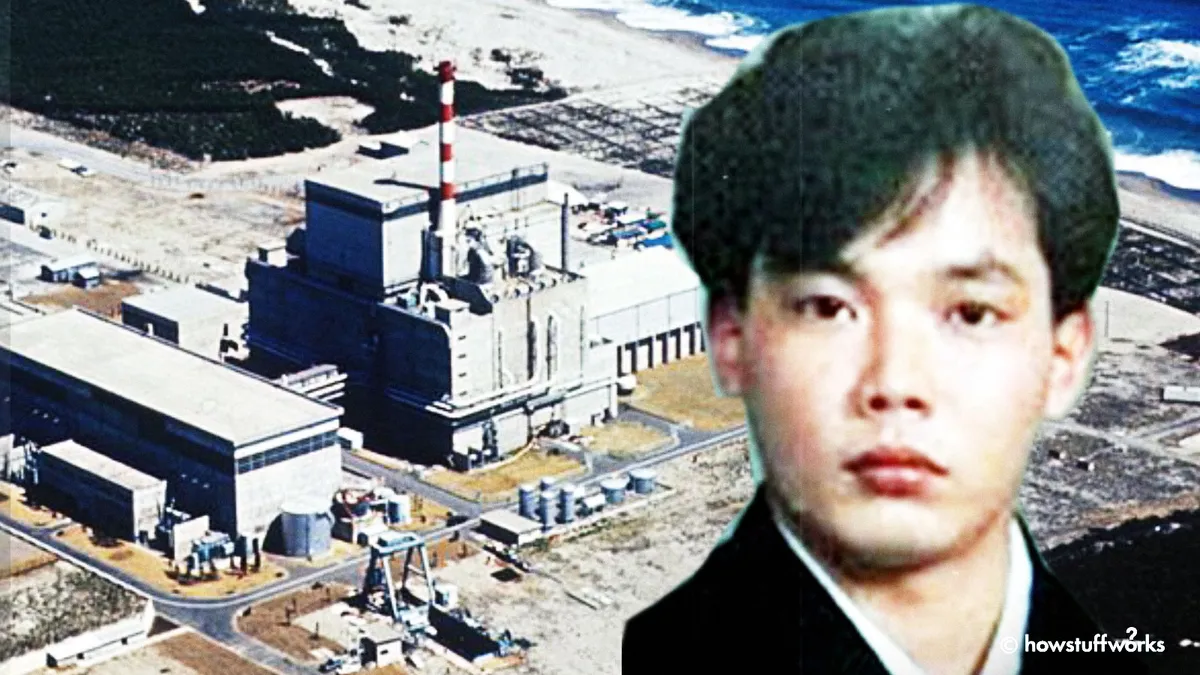On September 30, 1999, a devastating nuclear accident occurred at the Tokaimura nuclear fuel processing plant in Japan, resulting in one of the worst nuclear disasters in history. The incident claimed the life of a young man named Hisashi Ouchi, who suffered severe radiation poisoning after an accidental criticality accident. In this article, we will delve into the tragic story of Hisashi Ouchi and the events that led to his untimely demise.
Early Life and Career
Hisashi Ouchi was born on October 5, 1972, in Tokyo, Japan. He grew up in a humble household with his parents and younger sister. From a young age, Ouchi was fascinated with science and technology, which led him to pursue a career in nuclear engineering. He graduated from the Tokyo University of Science and Technology in 1996 with a degree in nuclear engineering.
After graduation, Ouchi landed a job at the Tokaimura nuclear fuel processing plant, which was operated by the Japanese nuclear power company JCO (Japan Nuclear Fuel Conversion Co.). The plant was responsible for converting uranium oxide powder into enriched uranium fuel rods for use in nuclear reactors.
Accident and Radiation Exposure
On September 30, 1999, Ouchi and his colleague, Masato Shinohara, were tasked with processing a batch of uranium oxide powder at the plant. The process involved mixing the powder with an organic compound to create a slurry that could be used to produce enriched uranium fuel rods. However, during the process, they inadvertently created a critical mass of uranium, causing a sudden and uncontrollable chain reaction.
The accident released a massive amount of radiation into the air, exposing Ouchi and Shinohara to lethal doses of gamma radiation. Ouchi suffered severe burns on his arms and legs, and his skin turned white due to radiation-induced tissue damage. Shinohara received less severe burns but still suffered from radiation exposure.
Rescue Efforts and Treatment
The rescue team arrived at the scene within minutes of the accident, but their efforts were hindered by the high levels of radiation. They wore protective suits and masks to minimize their exposure but were still unable to access Ouchi’s location immediately.
Ouchi was eventually removed from the plant and rushed to a nearby hospital, where he underwent emergency treatment. Doctors administered massive doses of white blood cells and antibiotics to combat infection and reduce radiation poisoning. However, despite their best efforts, Ouchi’s condition continued to deteriorate.
Death and Aftermath
Ouchi died on October 21, 1999, 21 days after the accident, due to multiple organ failure caused by radiation poisoning. His death was attributed to acute radiation syndrome (ARS), a condition that occurs when the body is exposed to high levels of ionizing radiation.
The incident at Tokaimura sparked widespread outrage and grief in Japan. Ouchi’s family was devastated by his loss, and his friends and colleagues were left grappling with the trauma of the event. The accident also raised serious questions about the safety measures in place at nuclear facilities and led to increased scrutiny of Japan’s nuclear industry.
Investigation and Consequences
An investigation into the accident revealed several contributing factors, including inadequate training for operators, poor safety procedures, and insufficient supervision. The Japanese government launched an inquiry into the incident and implemented new safety measures at nuclear facilities across the country.
In addition to the financial compensation paid to Ouchi’s family, several individuals involved in the accident were charged with criminal negligence. JCO was also fined millions of dollars for violating safety regulations.
Legacy
Hisashi Ouchi’s tragic story serves as a reminder of the importance of safety protocols in high-risk industries such as nuclear energy. His death has also sparked a renewed focus on worker safety and emergency preparedness at nuclear facilities around the world.
In conclusion, Hisashi Ouchi’s story is a poignant reminder of the devastating consequences of human error and complacency in high-risk industries. His tragic death has led to significant changes in safety protocols and emergency preparedness measures at nuclear facilities worldwide. We remember Hisashi Ouchi as a young man who lost his life in service to his work, leaving behind a legacy that will continue to inspire improvements in safety standards for years to come.



